We have usually resisted covering Apple and iPhone launches. But the $2 trillion company is here to stay, and whether we like it or not, the iPhone dictates trends across the smartphone industry. Every single Android flagship, and even non-flagships for that matter, get a comparison against the iPhone. With Apple going in all guns blazing with 5G, we are at a pivotal point in smartphone history where Apple redefines customer expectations across the entire industry.
At its event today, Apple has announced four new iPhones. Meet the new iPhone 12, iPhone 12 Mini, iPhone 12 Pro, and iPhone 12 Pro Max. Here’s everything you need to know.
Apple iPhone 12 series: Specifications and Comparison
| Specifications | Apple iPhone 12 Mini | Apple iPhone 12 | Apple iPhone 12 Pro | Apple iPhone 12 Pro Max |
|---|---|---|---|---|
| Build | Aluminum mid-frameGlass front and back“Ceramic Shield” for glass protection | Aluminum mid-frameGlass front and back“Ceramic Shield” for glass protection | Aluminum mid-frameGlass front and back“Ceramic Shield” for glass protection | Aluminum mid-frameGlass front and back“Ceramic Shield” for glass protection |
| Dimensions & Weight | 7.4 x 131.5 x 64.2mm135 grams | 7.4 x 146.7 x 71.5mm164grams | 7.4 x 146.7 x 71.5mm189 grams | 7.4 x 160.8 x 78.1mm228 grams |
| Display | 5.4″ Super Retina XDR OLED Display | 6.1″ Super Retina XDR OLED Display | 6.1″ Super Retina XDR OLED Display | 6.7″ Super Retina XDR OLED Display |
| SoC | Apple A14 Bionic SoC2x performance cores4x power efficiency cores5nm process node4-core GPU16-core Neural Engine | Apple A14 Bionic SoC2x performance cores4x power efficiency cores5nm process node4-core GPU16-core Neural Engine | Apple A14 Bionic SoC2x performance cores4x power efficiency cores5nm process node4-core GPU16-core Neural Engine | Apple A14 Bionic SoC2x performance cores4x power efficiency cores5nm process node4-core GPU16-core Neural Engine |
| Storage Options | 64GB128GB256GB | 64GB128GB256GB | 128GB256GB512GB | 128GB256GB512GB |
| Battery & Charging | 15W Wireless Charging with MagSafe | 15W Wireless Charging with MagSafe | 15W Wireless Charging with MagSafe | 15W Wireless Charging with MagSafe |
| Security | ||||
| Rear Camera(s) | Primary: 12MPSecondary: 12MP, Ultra-wide angle | Primary: 12MPSecondary: 12MP, Ultra-wide angle | Primary: 12MPSecondary: 12MP, Ultra-wide angleTertiary: 12MP telephoto | Primary: 12MPSecondary: 12MP, Ultra-wide angleTertiary: 12MP telephoto |
| Front Camera(s) | 8MP | 8MP | 8MP | 8MP |
| Port(s) | Proprietary Lightning port | Proprietary Lightning port | Proprietary Lightning port | Proprietary Lightning port |
| Audio | Audio formats supported: AAC‑LC, HE‑AAC, HE‑AAC v2, Protected AAC, MP3, Linear PCM, Apple Lossless, FLAC, Dolby Digital (AC‑3), Dolby Digital Plus (E‑AC‑3), Dolby Atmos, and Audible (formats 2, 3, 4, Audible Enhanced Audio, AAX, and AAX+) | Audio formats supported: AAC‑LC, HE‑AAC, HE‑AAC v2, Protected AAC, MP3, Linear PCM, Apple Lossless, FLAC, Dolby Digital (AC‑3), Dolby Digital Plus (E‑AC‑3), Dolby Atmos, and Audible (formats 2, 3, 4, Audible Enhanced Audio, AAX, and AAX+) | Audio formats supported: AAC‑LC, HE‑AAC, HE‑AAC v2, Protected AAC, MP3, Linear PCM, Apple Lossless, FLAC, Dolby Digital (AC‑3), Dolby Digital Plus (E‑AC‑3), Dolby Atmos, and Audible (formats 2, 3, 4, Audible Enhanced Audio, AAX, and AAX+) | Audio formats supported: AAC‑LC, HE‑AAC, HE‑AAC v2, Protected AAC, MP3, Linear PCM, Apple Lossless, FLAC, Dolby Digital (AC‑3), Dolby Digital Plus (E‑AC‑3), Dolby Atmos, and Audible (formats 2, 3, 4, Audible Enhanced Audio, AAX, and AAX+) |
| Connectivity | 5G: Sub 6GHzmmWave for USAUltra-Wide Band (UWB) | 5G: Sub 6GHzmmWave for USAUltra-Wide Band (UWB) | 5G: Sub 6GHzmmWave for USAUltra-Wide Band (UWB) | 5G: Sub 6GHzmmWave for USAUltra-Wide Band (UWB) |
| Software | iOS 14 | iOS 14 | iOS 14 | iOS 14 |
| Other Features | IP68Colors: Black, White, Red, Blue, Green | IP68Colors: Black, White, Red, Blue, Green | IP68Colors: Gold, Silver, Graphite, Blue | IP68Colors: Gold, Silver, Graphite, Blue |
| Pricing | Starts at $699 | Starts at $799 | Starts at $999 | Starts at $1,099 |
Design
The new iPhone 12 series comes with a uniform design across the board, so there aren’t all that many differences. This year, we are seeing a small change in design from the last year. The back panel is predominantly sporting a design reminiscent of the iPhone 11, but the sides are now flat, like how they were on the iPhone 4.
On the front, you get the familiar look for another year. There is the wide notch with Face ID sensors — while the sizing may have been tweaked a little across the variants as a proportion to their screen size, the overall look remains uniform. There is a notch, and there is no escaping it.
Here are all the four phones:

Left to right: iPhone 12 Mini, iPhone 12, iPhone 12 Pro, iPhone 12 Pro Max
Display
Apple regularly gets on stage to announce the best ever display on an iPhone, and this year, it’s no different. Apple’s 2020 iPhone 12 series comes with an OLED display with 458 ppi pixel density, and with what Apple calls as Super Retina XDR technology. XDR stands for Extreme Dynamic Range, and Apple claims to offer improved display brightness and color reproduction. Apple claims that the Super Retina XDR display can get as bright as 1200 nits. The display also has better contrast against previous-gen iPhones.
While the iPhone 11 had an LCD display, all of this year’s iPhones come with an OLED display, including the iPhone 12 and the iPhone 12 Mini. The sizes are the biggest differentiators, with the iPhone 12 Mini starting off at 5.4″ diagonally, and the iPhone 12 and iPhone 12 Pro handling it at 6.1″, while the iPhone 12 Pro max goes up to 6.7″ — the biggest diagonal for an iPhone yet.
The iPhone 12 series does miss out on high refresh rate technology, so there is no 90Hz or 120Hz refresh rate to be found anywhere on these phones. Apple did, however, focus on durability with “Ceramic Shield” technology, which Apple claims offers glass that’s four times better at surviving accidental drops. That should hopefully mean less cracked screens.

SoC
Of course, it wouldn’t be an iPhone without a new SoC. This year, we get treated to the Apple A14 Bionic SoC. Apple actually previewed it with the iPad launch earlier this year, so we already had a fair idea. Apple hates to get into specifications in its launch events, and instead, prefers to go with comparison numbers from the previous generation. The A14 Bionic is built on a 5nm process node, with a 2+4 core setup comprising of two performance cores and four efficiency cores. We also get a quad-core GPU on the SoC, and a 16-core neural engine.
Apple also does not share exact specifications on details like RAM and storage. Though, as announced, storage options will start from 64GB on the Mini and go all the way up to 512GB on the Pro Max.
Battery and Charging
As the phones are of different sizes, the batteries are naturally of different sizes too. We’re awaiting details on the exact mAh values.
However, what is new on the new iPhones is the fact that you no longer get a charging brick (and neither any headphones) in the box, despite the high pricing. The decision is being marketed as part of the company’s commitment to reducing e-waste, and we kind of agree.
Apple will be selling a lot of these iPhones, and decoupling the charger away from the main package will lower Apple’s freight costs and be good for the environment overall. The charger that Apple bundles in is usually the 5W base charger, and at this point, everyone has a charging brick at least equal to, or better than, this one. Of course, it also lets Apple sell the charger separately to consumers that do need it. You do get a USB Type-C to Lightning cable in the box, though.
Wireless charging also gets an upgrade with the introduction of the new MagSafe feature, allowing the charger and other accessories to snap onto the charging coil for up to 15W wireless charging. In a way, its reminiscent of the MagSafe charger first introduced with the MacBook range, which used magnets to snap your cable into place. Apple has taken the same concept – and used the same name – but with wireless charging in mind, and this feature solves one of the biggest issues with wireless charging: placement. Hopefully this will be the end of waking up to an empty battery in the morning, all because your phone wasn’t placed properly on the wireless charger.

Camera
The Apple iPhone flagships are widely praised for being one of the best cameras for photography, and the best camera for videography. Although Samsung, Huawei, Google and OnePlus do come close in many areas, there’s a lot of additions to the iPhone 12 camera that could help set the benchmark for photography and videography.
The iPhone 12 and iPhone 12 Mini come with two rear cameras: a 12MP primary camera with f/1.6 aperture and 26mm focal length, and a 12MP ultra-wide camera with f/2.4 aperture and 120° field of view. Apple claims the new 7 element lens offers 27% improvement in low light performance, and it has also made improvements to Night Mode and is now offering them across all the camera, including the selfie camera.

Meanwhile, the iPhone 12 Pro and 12 Pro Max keep the same two primary camera, and add a 12MP telephoto camera with 52mm focal length. This results in the ability to take up to 2.5x optical zoom from the primary camera to the telephoto. There’s also the same LIDAR sensor from the iPad Pro 2020, resulting in better depth analysis for photos, videos and AR capabilities.
The iPhone 12 Pro and iPhone 12 Pro Max will also support HDR video recording, putting even more pro-level features in your pocket. You’ll be able to capture, edit and watch Dolby Vision video. Apple also teased “Apple ProRaw” for the iPhone 12 Pro and iPhone 12 Pro Max, which will offer computational photography benefits like Deep Fusion and SmartHDR and the ability to capture and edit RAW photos. This should result in the best iPhone photos yet.
Unlike previous years where the Pro Max would just be a larger version of the Pro, this year the iPhone 12 Pro Max also sees a change in the primary camera. The sensor is 47 percent larger sensor with 1.7μm pixel size, resulting in an 87 percent improvement in low-light conditions. There’s also a new Night mode Time-Lapse feature, which is aimed at folks into astrophotography.
5G

Android smartphones have already been aboard the 5G hype train for a couple of years now, and the tech has even proliferated lower down the price scale. However, the adoption of 5G by Apple will substantially change the marketing and advertising around the technology, and we can see a much greater focus on 5G because of this announcement.
The Definitive Guide to 5G: Everything you need to know about 5G
5G is a standard feature across the iPhone 12 series, but this is for sub-6GHz. Only the USA gets variants with support for mmWave, and that makes sense. Large parts of the world are still at the nascent stage of the technology, and for most consumers, it’ll be a while before they get to experience it in their home region. So for now, sub-6GHz 5G should serve most people just fine.
iOS 14 on the new iPhone comes with Smart Data Mode, which switches to 4G when 5G is not available. It’s unknown whether the eSIM will support 5G or just the physical SIM slot does, but we’ll update this when we have more info.
Software
Apple products come with Apple’s famous, proprietary, walled-garden approach to software. And the iPhone 12 series is no exception. You get iOS 14 out of the box on the new smartphones.

Recap: key differences between all the iPhone 12 models
For once, there are fairly substantial differences between the iPhone 12 Pro and 12 Pro Max, while the iPhone 12 Mini features the same specs as the iPhone 12 resulting in extremely good value for money. The best way to look at the four models are that the iPhone 12 Mini and iPhone 12 form one small family, and the iPhone 12 Pro and iPhone 12 Pro Max form another. Taken this way, the iPhone 12 is the eldest sibling of the iPhone 12 family, while the iPhone 12 Pro Max is the elder sibling of the iPhone 12 Pro family.
With this in mind, there’s very little difference between the iPhone 12 Mini and the iPhone 12, other than the former has a smaller screen size and is launching next month. Aside from respective battery differences and screen sizes, they share the same core feature set that includes most of the features mentioned above.
The iPhone 12 Pro series improve the camera experience with the addition of a telephoto camera, a LIDAR sensor, and in the case of the iPhone 12 Pro Max, a larger sensor that lets in 87% more light. If you’ve been waiting for the best iPhone camera experience ever, the iPhone 12 Pro Max is probably the one to buy!
Apple iPhone 12 series: Pricing and Availability
The new iPhone 12 series will be available for the following prices across these regions:
| Sr. No. | Phone | USA | Europe | UK | India |
|---|---|---|---|---|---|
| 1. | Apple iPhone 12 Mini | ||||
| 64GB | $699 | €778.85 | £699 | ₹69,900 | |
| 128GB | $799 | €827.55 | £749 | ₹74,900 | |
| 256GB | $899 | €944.55 | £849 | ₹84,900 | |
| 2. | Apple iPhone 12 | ||||
| 64GB | $799 | €876.30 | £799 | ₹79,900 | |
| 128GB | $899 | €925.05 | £849 | ₹84,900 | |
| 256GB | $999 | €1,042.05 | £949 | ₹94,900 | |
| 3. | Apple iPhone 12 Pro | ||||
| 128GB | $999 | €1,120 | £999 | ₹1,19,900 | |
| 256GB | $1,099 | €1,237 | £1,099 | ₹1,29,900 | |
| 512GB | $1,299 | €1,461.20 | £1,299 | ₹1,49,900 | |
| 4. | Apple iPhone 12 Pro Max | ||||
| 128GB | $1,099 | €1,217.50 | £1,099 | ₹1,29,900 | |
| 256GB | $1,199 | €1,334.45 | £1,199 | ₹1,39,900 | |
| 512GB | $1,399 | €1,558.65 | £1,399 | ₹1,59,900 |
The iPhone 12 and iPhone 12 Pro will be available for preorder on October 16 in the USA and will launch on October 23, while the iPhone 12 Mini and iPhone 12 Pro Max will be available for preorder November 6 and launch November 13.


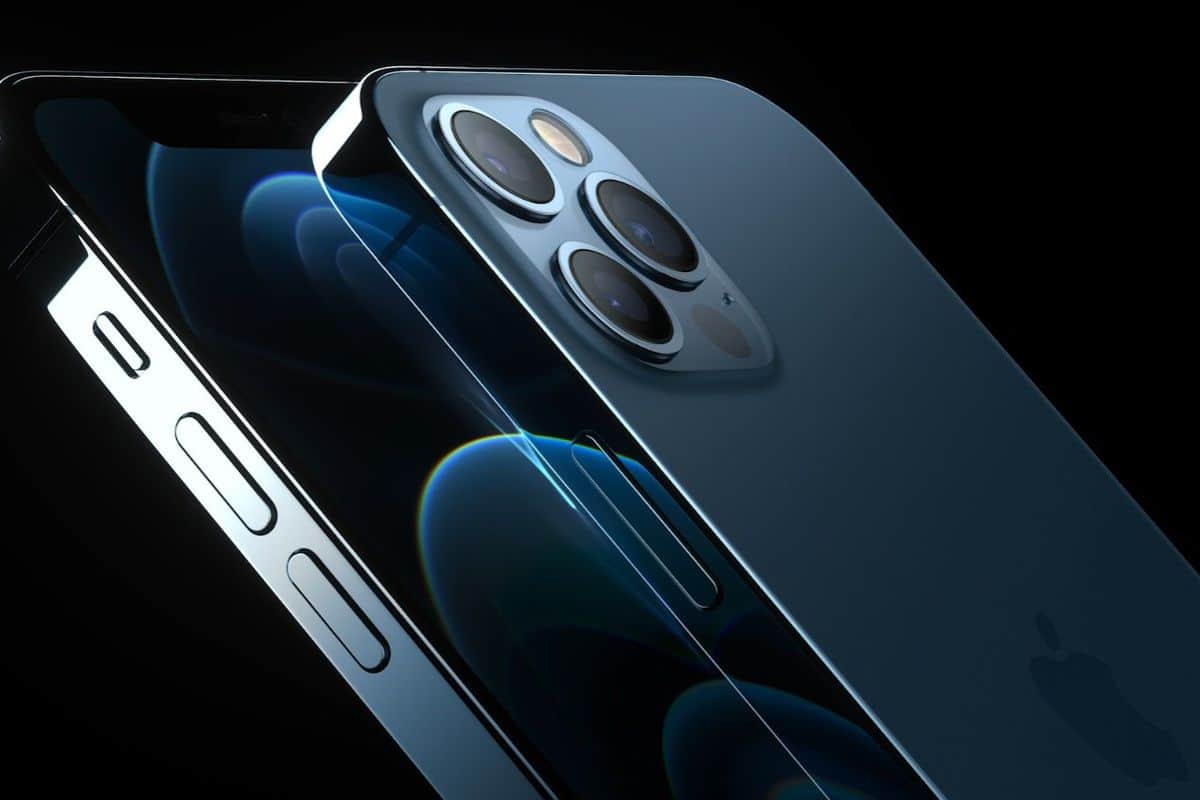
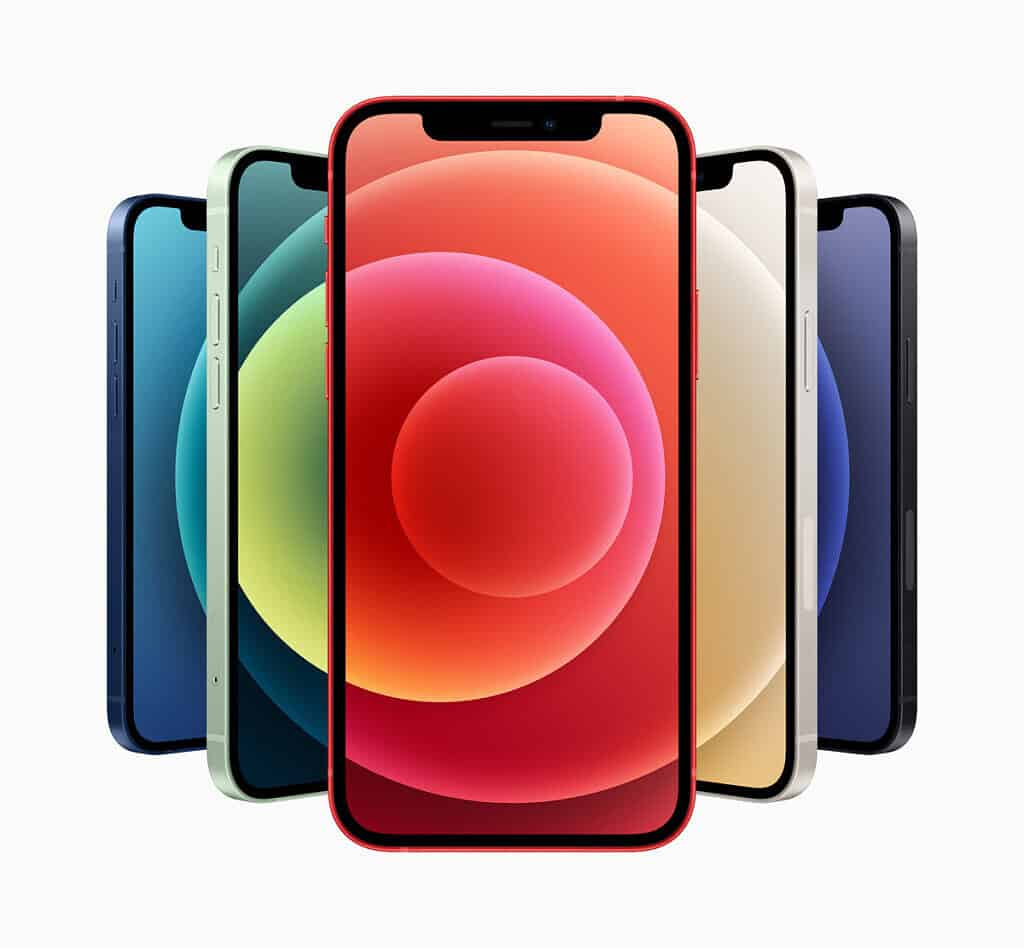
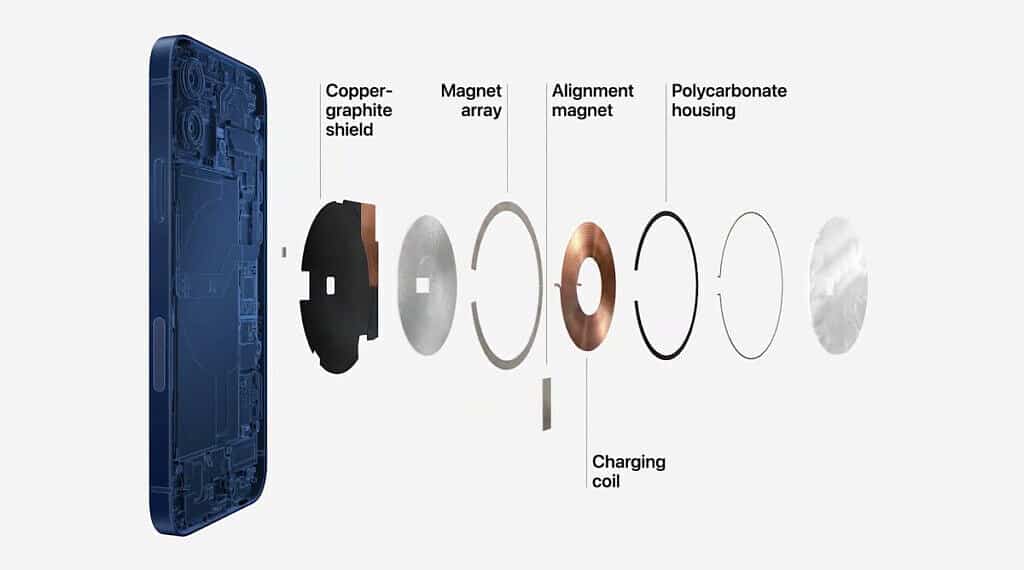

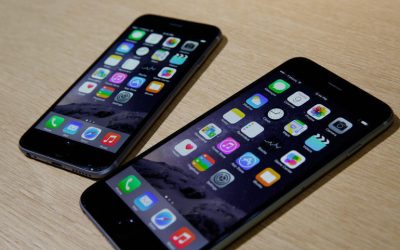
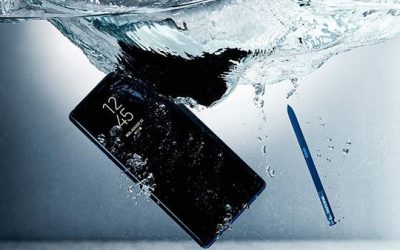
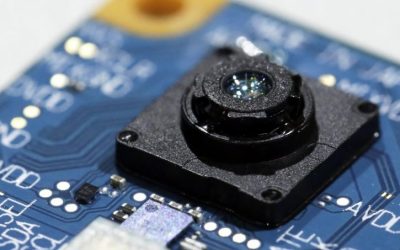
0 Comments